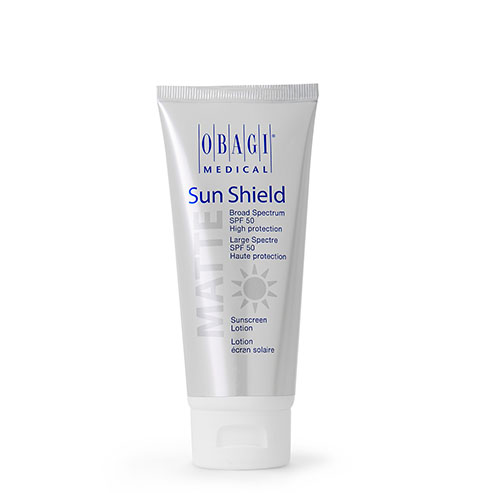
Sun-care, sun damage, SPFs. We’ve all heard the facts about protecting our skin from the sun’s damaging ultraviolet rays. But it’s all too easy to switch off from the warnings. A hint of sunshine and we can’t wait to get our bikinis out. Throw in a few sangrias and it’s game over! Okay so maybe not all of us do that. Yet, even in normal day to day life, our skin is impacted by the sun’s rays. We may not be able to see UV rays, but we can most definitely feel them. So, if it’s there all the time, how many of us wear SPF all year-round?
Chances are that you also don’t know the difference between UVA or UVB rays and how they affect skin. Don’t worry it’s not a test! In truth most of us don’t. We use the terms generically, without knowing the difference. If you don’t fancy premature ageing and would like to protect yourself from serious skin cancers, it’s definitely time to take sun-care a little more seriously during summer 2022.
What is UV Radiation?
Ultraviolet radiation is a form of electromagnetic energy. It tends to come from natural sources like the sun. There are some artificial sources though, including tanning beds, lasers, and black lights.
So, why is prolonged overexposure to ultraviolet radiation so damaging? The reason is that it’s because energy causes change to happen and in the case of skin, this damages the cell DNA which causes cell mutations, genetic defects, and skin cancer as well as premature ageing.
UVA Rays
Most sun rays are UVA which have the lowest level of energy within them but a longer wavelength. That’s why more UVA rays penetrate the earth’s atmosphere and in terms of skin, they permeate the inner cells within our topmost layer of skin, including the dermis.
UVA rays also cause sunburn or its cousin, the much-desired tan. As we’ve learnt in recent years, whilst a tan might leave us glowing and healthy-looking in the short-term, it can cause long-term damage. Premature ageing, wrinkles and some skin cancers are conditions attributed to this invisible enemy. It all makes the prospect of getting a good tan less appealing.
UVB Rays
A very small amount of UVB rays make it into our atmosphere. These have a medium amount of energy and a shorter wavelength, targeting the cells in the top layer of skin. It doesn’t take long to observe some extremely nasty side-effects, including sunburn blistering, delayed tan and over time, hyperpigmentation. We’ve all fallen foul of UVB rays at some point. Do you remember all those times when your tan came out the day after you’d sunbathed? Not good. Not good at all. The culprit is those dastardly UVB rays that had spent the night wreaking havoc on your skin cells.
Even worse, is the potential for skin cancer later on in life. Basal Cell Carcinoma and Squamous Cell Carcinoma often appear on sun-exposed areas of skin. Luckily when they’re discovered early enough, these common forms of skin cancer are generally curable.
But worryingly, over-exposure that leads to sunburn has also been proven to play a big role in developing the most dangerous of the three skin cancers, Melanoma.
Obagi Sun Shield Matte™ Broad Spectrum SPF50
The importance of safeguarding yourself against skin cancer is obvious. That’s why an SPF is recommended for daily use by The Skin Cancer Foundation and can greatly reduce the danger posed by UV radiation as well as fight against signs of ageing. Thankfully, the days of heavy, thick sunscreen are long-gone. Obagi Sun Shield Matte™ Broad Spectrum SPF50 offers broad spectrum protection from both UVA and UVB rays, leaving a sheer, matte finish to reduce shine as well as sun factor protection 50. Zinc Oxide deflects the UV rays, while Homosalate and Octisalate absorb and release radiation.


